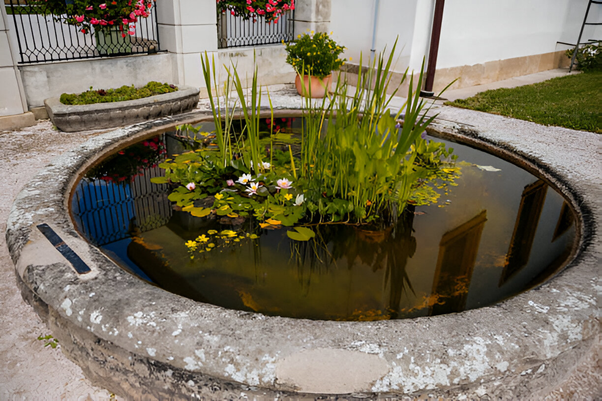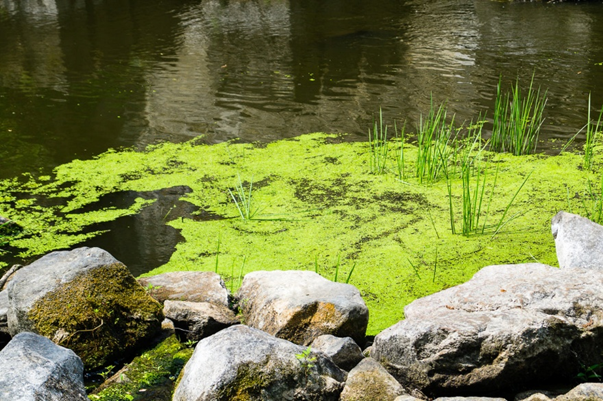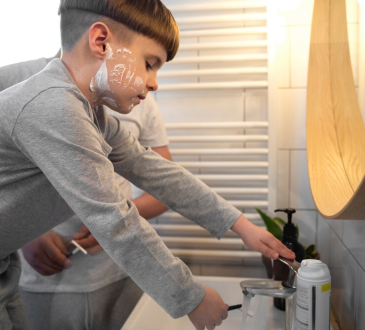
The management of green water issues in ponds becomes possible through proper techniques despite being a difficult problem for pond owners. By knowing the factors responsible for green water, you will understand effective methods to achieve a clean and healthy pond.
What is Green Water?
A water body with green water contains millions of tiny algae cells that always remain floating on its surface. The cell units possess chloroplasts that function to transform sunlight for photosynthetic energy generation, similar to plants. Large-scale algae growth turns the liquid into green-coloured fluids that resemble pea soup.
Causes of Green Water
The combination of excessive light conditions with high nutrient levels that normally stem from fish waste results in green water formation. A newly constructed pond, which uses tap water has high potential to turn green unless treated with an ultraviolet clarifier (UVC).
The effective solution to tackle this issue involves using Oase pressure Filters, which both filter big particles and promote biological filtration processes.
Is Green Water Harmful to Fish?
Green algae at low quantities serve fish in two ways – by improving their appearance and acting as defensive hide from natural predators. Outbreaks of deadly embolisms among fish become more likely when green water levels become excessive due to oxygen overproduction on bright days. The presence of algae makes it very difficult for pond owners to check the health of their fish.
Understanding Algae Growth
Solar light works as a primary source for algae to absorb nutrients through nitrates and phosphates. Nutrient management is the most important factor when the effects of sunlight remain uncontrollable.

The process of mechanical filtration takes away waste products, but biological filtration enables nitrogen cycle operations, leading to reduced nutrient amounts in water. Standard pond kits allow regular testing, which helps determine nitrate and phosphate concentrations.
Managing Nutrient Levels
- Planting Basket Soil: Use quality aquatic soil or gravel to reduce phosphate leaching.
- Fish Food: Go for high-quality food and avoid overfeeding. Feed small amounts that can be consumed within three minutes.
- Tap Water: You should use tap water together with phosphate-absorbing filters for pond water refills.
- Run-off Water: The flow of water from your garden must not reach the pond because it brings in extra phosphate content.
Additional Tips for Controlling Algae
- Various aquatic plants should be introduced into the pond to fight algae for nutrients.
- The maintenance process should include routine filtration cleaning as well as pond vacuuming and fish population control activities.
- Consider phosphate-absorbing media within your filtration system.
Using a UV Filter for Algae Control
Despite proper management the persistent algae growth requires the installation of either a UV clarifier or steriliser. High-intensity light in the UV unit destroys microscopic algae cells when water passes through it.
The right selection of wattage power for larger ponds ensures the best performance results. Pressure filters produced by Oase provide convenience through built-in ultraviolet treatment units, which serve as an effective solution for customers.
Following these steps together with choosing appropriate filtration methods will eliminate green water from ponds.




